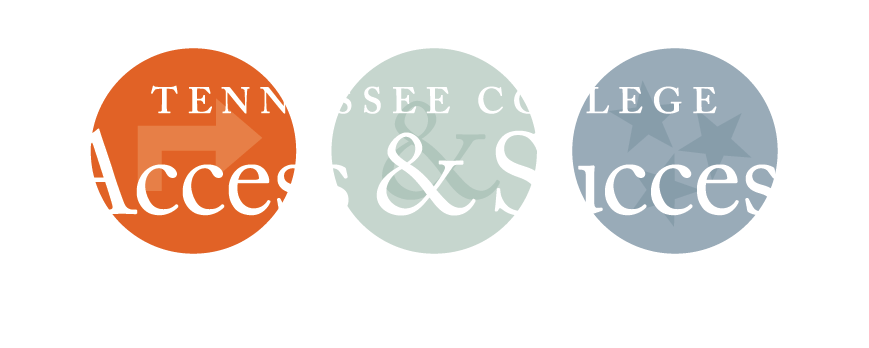John-Paul Gray, Melissa Presswood and Jenny McFerron at NCCEP 2017 in San Francisco.
I was so excited to participate in my very first National Council for Community and Education Partnerships (NCCEP) conference last week in San Francisco! It was inspiring to meet and hear from GEAR UP professionals across the country on how they are working with students and families, schools, local organizations, and higher education to increase postsecondary opportunities for their states and communities. The conference’s theme, Becoming Future Proof, was a great focal point as the links between postsecondary attainment and workforce readiness are a focus for our state and the nation as a whole. I loved how NCCEP took a broad look at readiness through the conference theme to explore the (sometimes scary!) future and how our students can be prepared for a lifetime of meaningful work in a changing world.
It was wonderful to have to opportunity to facilitate a session alongside my colleagues and GEAR UP TN site leads Melissa Presswood from Bradley County Schools and John-Paul Gray from Metro Nashville Public Schools on how students find the right college fit – a critical step in becoming future proof. Melissa and John-Paul shared insights from their very different sites and session participants shared resources and ideas with one another for how they can help their students understand the concept of fit, apply to a range of postsecondary institutions, and get recruited by colleges that are a good fit.
Some challenges that emerged from our conversation in the session included the helping students understand the concept of college fit in a way that was concrete rather than theoretical, helping students look beyond the “brand name” of institutions they are already familiar with to explore unfamiliar options, and overall how difficult it can be to have these conversations in a group setting with students.
Some strategies and ideas that were shared during the session included:
- Doing an activity that creates a concrete visual of fit that students can use as an anchor. One participant suggested an activity with lots of different sizes of college t-shirts. The facilitator could hand different shirts to different students to wind up with differences in fit – some students will have shirts that fit them, while others will have shirts that are way too big or small. The activity leader can use this as a jumping off point to talk about how fit is individual and personal – just because a t-shirt fits one student doesn’t mean it fits that student’s best friend.
- Using data to jump-start conversations about how colleges differ from one another. This idea came up a few times in the conversation, and one example that really stood out was someone who used the micro-scholarship site raise.me with her students. This professional had all her students set up accounts on raise.me, then used the amounts of micro-scholarships they each received to talk about different types of institutions. For example, if a student received a larger micro-scholarship from a private institution than a public one, the professional used that opportunity to discuss why that might be the case with the student. I loved how this very personalized approach helped make the differences between types of institutions apparent!
- Helping students look beyond the “brand name” they are familiar with. Several participants shared the challenge of getting their students to look beyond particular institutions that loom large in their states. One idea for helping students look beyond names of institutions was printing out or creating poster-size college profiles that had college names and identifiers removed, so that the only information students could base their college decision on were things like size, graduation rates, and other college fit indicators. Students would have to justify how they made their college choices before the real names of the institutions were revealed to challenge some misconceptions or preconceptions students might have about their “brand name” colleges.
Thank you so much to all the session participants for their ideas and willingness to collaborate during the last conference session of the day! If you would like to take a look at the slide deck for this presentation, it’s available below. Don’t forget to check out The TalentED Project – a free tool you can use with your students to help them find their college fit.

